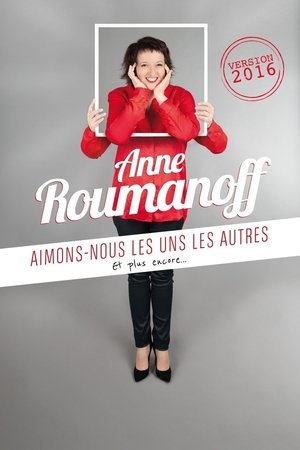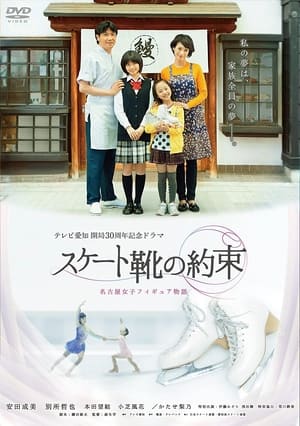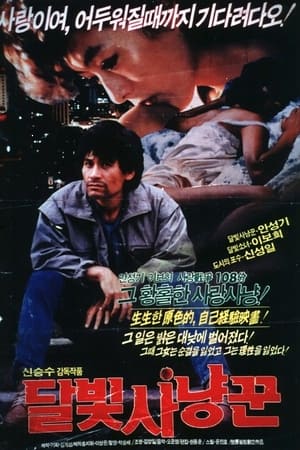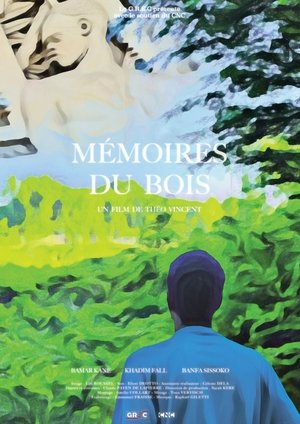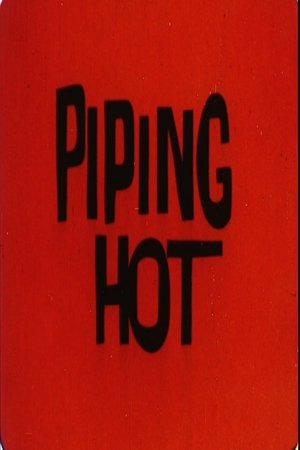

Look at the Face(1966)
Short film in the Hermitage Museum looking at da Vinci's Madonna Litta.

Movie: Look at the Face

Взгляните на лицо
HomePage
Overview
Short film in the Hermitage Museum looking at da Vinci's Madonna Litta.
Release Date
1966-12-31
Average
5.8
Rating:
2.9 startsTagline
Genres
Languages:
Keywords
Recommendations Movies
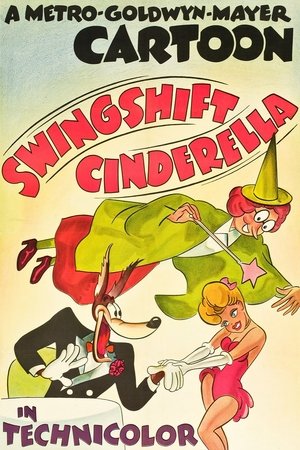 6.9
6.9Swing Shift Cinderella(en)
The big bad wolf starts out chasing Little Red Riding Hood but switches to Cinderella after seeing the film's title, and ends up being chased in turn by her fairy godmother.
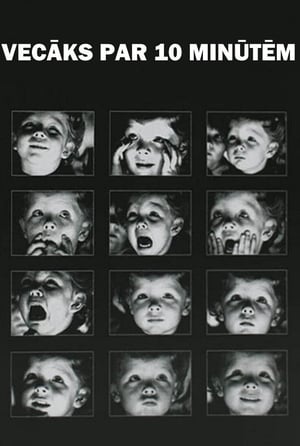 6.2
6.2Ten Minutes Older(xx)
A 10 minute long journey of emotions that befall children faces. Fear, Curiosity; a Smile. They all sit in a dark theater. What they see, we don't; we can only guess from their faces.
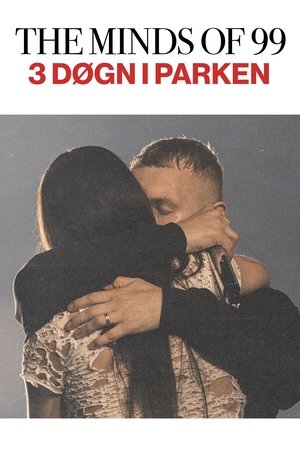 0.0
0.0The Minds Of 99 - Tre Døgn i Parken(da)
THE MINDS OF 99 – THREE DAYS IN THE PARK is a concert documentary film that follows the band and the individual members in the period leading up to, during, and after the magical weekend in the Park. Through a compilation of more than 300 hours of material, the audience is taken behind the scenes and gets up close to the band and the pressures and dilemmas, thoughts and emotions they encounter on the journey to the three critically acclaimed stadium concerts.
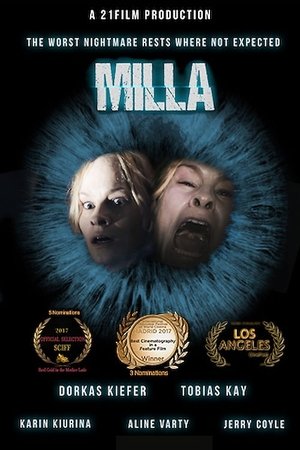 9.0
9.0Milla: The Movie(en)
"THE WORST NIGHTMARE RESTS WHERE NOT EXPECTED" After being released from a mental institution, Milla is taken to her new home by her husband Gregor and their daughter Madleine. As they settle in the new house, Milla experiences a series of events, that may be supernatural or in her head. The key to this phenomenons are the holes in the wall, that keep constantly staring at her. Somehow she feels watched through the holes, that appear to breathe and replicate through the house - although Milla doesn't witness a ghost, she feels it. It tries to remind her of something long forgotten. As Milla's broken mind made her vulnerable and susceptible to whatever ghosts may haunt her house, it becomes more and more difficult, to say what is alive and what is an echo. In the end Milla finds out, that the ghosts are a manifestation of her pain, that has built the home she lives in.
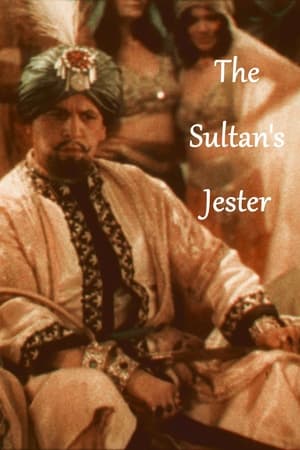 5.5
5.5The Sultan's Jester(en)
The Sultan is not a very happy man. He charges his royal jester to make him laugh before sunrise or die.
 6.0
6.0Aanchal(hi)
Hearts collide when the conniving Jaggan (Prem Chopra) convinces Kishan (Amol Palekar) that his wife, Shanti (Rakhee Gulzar), is having an affair with his brother Shambhu (Rajesh Khanna). Of course, all this is done so that Kishan will marry Jaggan's cousin Tulsi (Rekha) according to Jaggan's master plan … even though Tulsi would much rather marry Shambhu. Confused? Don't worry. So are these weary lovers!
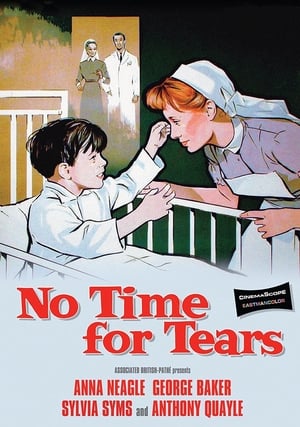 5.0
5.0No Time for Tears(en)
The interwoven dramas of staff and patients in Mayfield Children's Hospital, where the doctors and nurses are in the business of restoring children's lives. One small child risks losing his sight, while twin boys fool the doctors over which one has appendicitis. Meanwhile, behind the scenes, new nurse Margaret Collier suffers pangs of unrequited love for houseman Dr. Nigel Barnes.
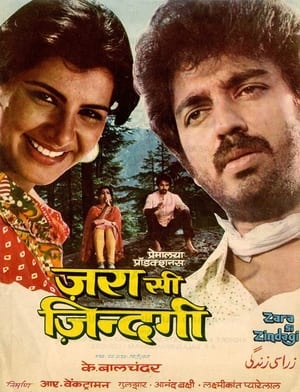 8.0
8.0Zara Si Zindagi(hi)
An MA in philosophy, Raja arrives in Delhi to look for employment and comes across Kusum, a struggling stage actress. They both face hardships in order to make a living.
 4.3
4.3Nestor Burma, détective de choc(fr)
Detective Nestor Burma begins an investigation into the corrupt drug-ridden punk rock music world.
 7.2
7.2Stranger(da)
When 19-year-old Aathi and her family, as the first farmers ever, arrive in what is now known as Denmark, her family is killed by a local tribe of hunter-gatherers. To survive, Aathi and her brother are forced to live with the tribe.
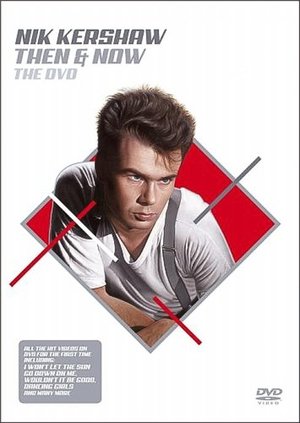 10.0
10.0Nik Kershaw Then & Now The DVD(en)
Then & Now The DVD, released in 2005, collects Nik Kershaw hit promo videos. Released alongside a compilation album of the same name. Videos: "Wouldn't It Be Good", "I Won't Let the Sun Go Down on Me" (live version), "Dancing Girls", "Wide Boy" (full-length version), "Nobody Knows", "Human Racing", "Don Quixote", "When a Heart Beats", "Radio Musicola", "Elisabeth's Eyes"
 8.0
8.0Fun on a Sand Hill(en)
A very amusing picture, showing a crowd of children and old folks disporting on a sand hill in one of the big public parks of Berlin. This picture is one of the "hits" of the Biograph.
Starbuck Holger Meins(de)
Twenty-five years after the death of Holger Meins, filmmaker and former student friend of the deceased, Gerd Conradt takes an in-depth look at the helmsman of the Baader-Meinhof gang. Who was Holger Meins? What led him into the underground? What circumstances resulted in his death, a death which made him the declared symbol of the radical opposition in Germany? What remains of his legacy?
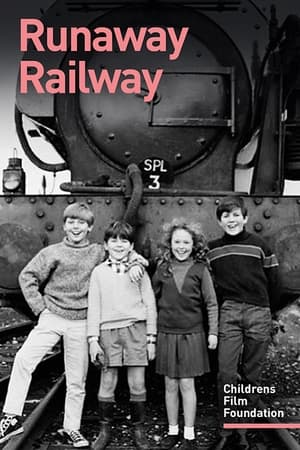 7.0
7.0Runaway Railway(en)
A group of young railway enthusiasts attempt to stop the closure of the local railway by trying to raise money to buy it and the steam engine "Matilda." They get help from a pair of men claiming to be enthusiasts but who turn out to be robbers who plan to hold up the mail train
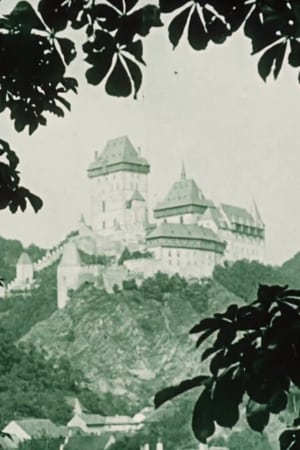 5.5
5.5Czech Castles and Palaces(cs)
The film begins with shots of the castles of Bezděz, Točník and Karlštejn. In a restaurant at Karlštejn the guests remind Hašler that he is performing at the Varieté club. Hašler misses the train so he starts walking along the main road in the hope of getting a lift. In despair he forces a car to stop and makes the chauffeur to drive backwards to Prague. They stop at the wharf but, because he misses the steamboat , he uses a motorboat. The rest of the journey is spent on a tram. Hašler then quickly changes his clothes in his flat he reaches the Varieté club across the rooftops.
Similar Movies
Hiroshima: A Mother's Prayer(ja)
The horrors of war and the devastating effects of the atomic bomb.
Call into Silence(cs)
A documentary about the artistic and verbal expressions of mentally ill people.
 6.0
6.0Larisa(ru)
Elem Klimov's documentary ode to his wife, director Larisa Shepitko, who was killed in an auto wreck.
Max in the Morning(en)
At the microphone with Max Ferguson, radio satirist, as he creates his weekday-morning program. Filmed inside his CBC broadcasting booth, this film watches and records as Max ad-libs his way through zany interpretations of news events. His only script is the morning paper and with it he tilts at humbug with a flair that has made him a national figure.
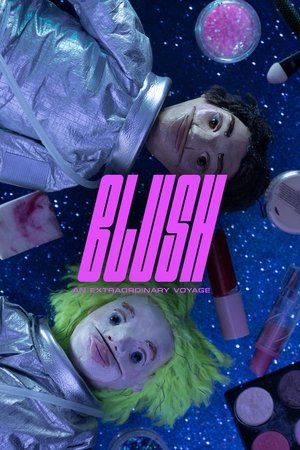 7.7
7.7Blush: An Extraordinary Voyage(fi)
For 18-year-old Finnish–Kosovan Fatu, a simple visit to the grocery store feels as nerve-racking as a lunar expedition: for the first time in his life, he’s wearing makeup in public. Luckily his best friend Rai, a young woman on the spectrum of autism, is there to ferociously support him through the voyage.
 7.1
7.1The Arrival of a Train at La Ciotat(fr)
A group of people are standing along the platform of a railway station in La Ciotat, waiting for a train. One is seen coming, at some distance, and eventually stops at the platform. Doors of the railway-cars open and attendants help passengers off and on. Popular legend has it that, when this film was shown, the first-night audience fled the café in terror, fearing being run over by the "approaching" train. This legend has since been identified as promotional embellishment, though there is evidence to suggest that people were astounded at the capabilities of the Lumières' cinématographe.
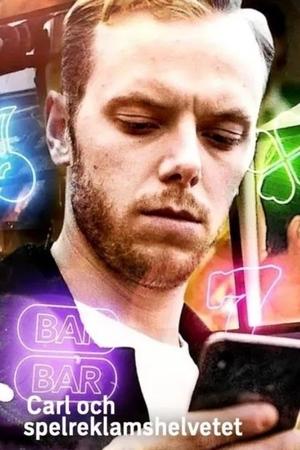 0.0
0.0Carl och spelreklamshelvetet(sv)
Internet comedian Carl Déman from the humor group JLC lived a life that looked glorious. But beneath the surface was a terrible gambling addiction that almost cost him his life. In 2019, he and other gambling addicts struggle to stay afloat in a contemporary age marinated in gambling advertising. Carl wants to ask those who make the advertising how they think and wonders why the advertising profiles now also come from the world of culture and entertainment.
 5.0
5.0Libre(en)
For detained immigrants who can’t pay their bond, for-profit companies like Libre by Nexus offer a path to reunite with their families. But for many, the reality is much more complicated. “Libre” sheds light on one of many hidden costs of reunification for immigrant families.
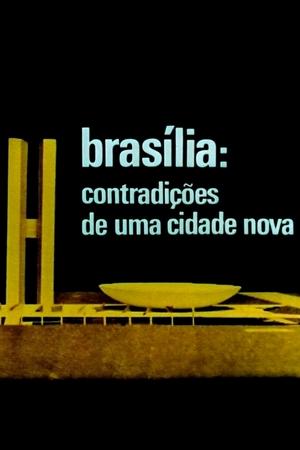 7.5
7.5Brasilia, Contradictions of a New City(pt)
In 1967, de Andrade was invited by the Italian company Olivetti to produce a documentary on the new Brazilian capital city of Brasília. Constructed during the latter half of the 1950s and founded in 1960, the city was part of an effort to populate Brazil’s vast interior region and was to be the embodiment of democratic urban planning, free from the class divisions and inequalities that characterize so many metropolises. Unsurprisingly, Brasília, Contradições de uma Cidade Nova (Brasília, Contradictions of a New City, 1968) revealed Brasília to be utopic only for the wealthy, replicating the same social problems present in every Brazilian city. (Senses of Cinema)
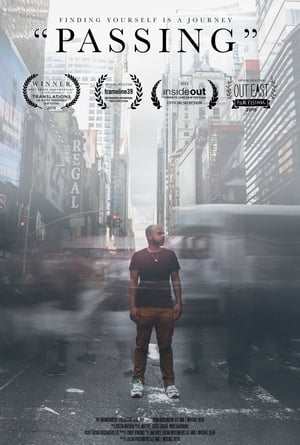 7.0
7.0Passing(en)
A short documentary profiling the lives of three transgender Black men, exploring what life is like living as a Black man when no one knows you are transgender, and their journeys with gender in the years since they transitioned.
 6.7
6.7Workers Leaving the Lumière Factory(fr)
Working men and women leave through the main gate of the Lumière factory in Lyon, France. Filmed on 22 March 1895, it is often referred to as the first real motion picture ever made, although Louis Le Prince's 1888 Roundhay Garden Scene pre-dated it by seven years. Three separate versions of this film exist, which differ from one another in numerous ways. The first version features a carriage drawn by one horse, while in the second version the carriage is drawn by two horses, and there is no carriage at all in the third version. The clothing style is also different between the three versions, demonstrating the different seasons in which each was filmed. This film was made in the 35 mm format with an aspect ratio of 1.33:1, and at a speed of 16 frames per second. At that rate, the 17 meters of film length provided a duration of 46 seconds, holding a total of 800 frames.
 4.2
4.2Song 5(en)
SONG 5: A childbirth song (the Songs are a cycle of silent color 8mm films by the American experimental filmmaker Stan Brakhage produced from 1964 to 1969).
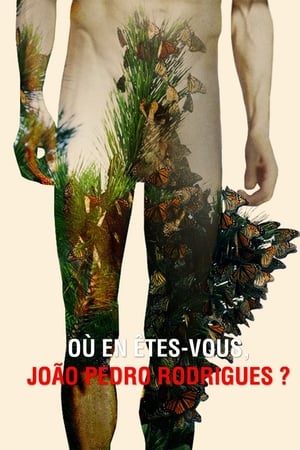 2.5
2.5Where Do You Stand Now, João Pedro Rodrigues?(pt)
João Pedro Rodrigues answers the question from the title with an autobiographical short-film.
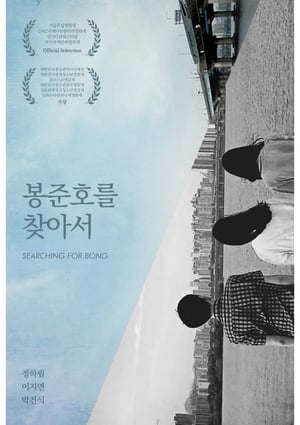 7.0
7.0Searching for Bong(ko)
Unlike our dream of becoming a great filmmaker, the movie boards that adults talk about are tough. We are looking for our idol, Bong Joon-ho...
 7.0
7.0Land Without Bread(es)
An exploration —manipulated and staged— of life in Las Hurdes, in the province of Cáceres, in Extremadura, Spain, as it was in 1932. Insalubrity, misery and lack of opportunities provoke the emigration of young people and the solitude of those who remain in the desolation of one of the poorest and least developed Spanish regions at that time.
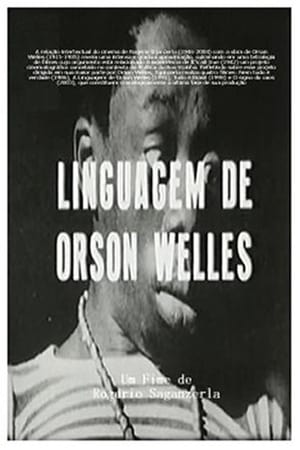 6.0
6.0Welles' Language(pt)
Orson Welles acted in Brazilian culture and music by deeply researching Brazil's historical geology, consciously completing a legendary cultural mission. Although being turned down by Hollywood producers, he developed a triumphantly accomplished mission in the language domain - three friends of Welles' testified his love for cinema, his passion for Brazilian music and people and his obstinate endurance against formidable pressures coming from inside and outside Hollywood regarding his unfinished "It's All True".
The Screen Writer(en)
This short film focuses on the job of the Hollywood screenwriter.
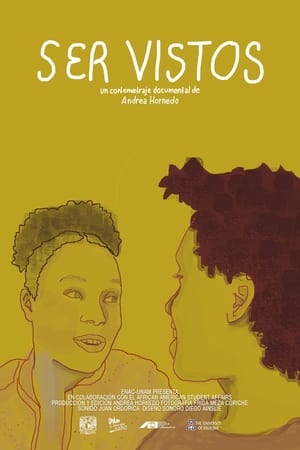 0.0
0.0Being Seen(en)
A group of African American students at the University of Arizona reveals the importance of political spaces within Universities in times of intolerance.
